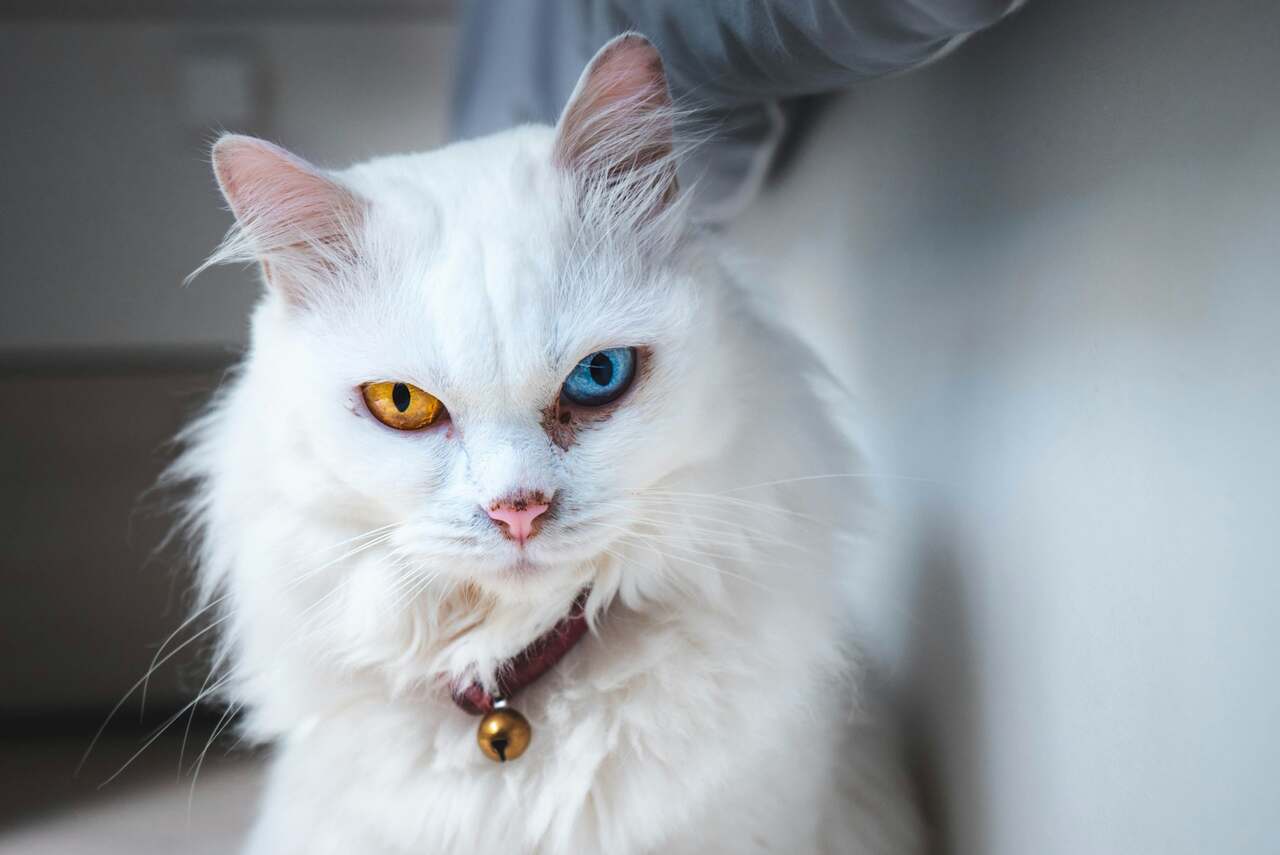 Shahaaim/Unsplash
Shahaaim/Unsplash
Ever wondered what your cat is trying to tell you? An expert has revealed the key to understanding what cats are thinking. Check it out!
According to Daniel Warren Cummings, a behavioralist from Cats Protection, the secret lies less in the sound they emit and more in their body language. “Unlike dogs, cats haven’t evolved to have many facial muscles, so their faces aren’t as expressive as those of our canine friends,” explained Daniel to the BBC CountryFile website.
“Cats are better built for long-distance communication and rely heavily on scent to convey and pick up messages. However, observing their body language can also tell us a lot about how they’re feeling, and understanding the basics is a great way to improve your bond with your pet.”
Signs of a Happy Cat
An important sign of a happy cat is that it leaves its tail slightly erect, perhaps with a curve at the end. When they do this while walking towards you, it’s their way of saying ‘hello’ and that they’re happy to see you.
“Cats also roll onto their backs if they’re happy and relaxed, perhaps showing their belly. This is a big sign of trust, but not necessarily an invitation to belly rub. Unless you’re sure your cat likes it, it’s best to avoid the belly area, as you risk getting a swipe!” added Daniel.
Signs of a Stressed Cat
As important as recognizing when your cat is happy, owners should also learn how to tell when they’re stressed or scared. “Anxious cats usually crouch close to the ground – think of that rectangular body position – while seeking a hiding spot.”
“Their ears will be straight when they’re extremely stressed, and the space you can see between the ears as they move sideways and backward will increase as they become more stressed,” he said.
“A cat feeling threatened may arch its back to appear more intimidating, and its tail will be in a stiff upright position […], so it’s important to give them space, try to remove what’s bothering them, and make sure they have a safe hiding spot to retreat to,” emphasized Daniel.
The expert also warned that owners should not assume purring is a sign of happiness. Although cats do purr when they’re happy, it’s only true if their body language is also relaxed.
“Cats can also purr in stressful situations, such as going to the vet or when they’re in pain. That’s why it’s important to observe your cat’s body language, as it’s a better indicator of how they’re feeling,” he concluded.

